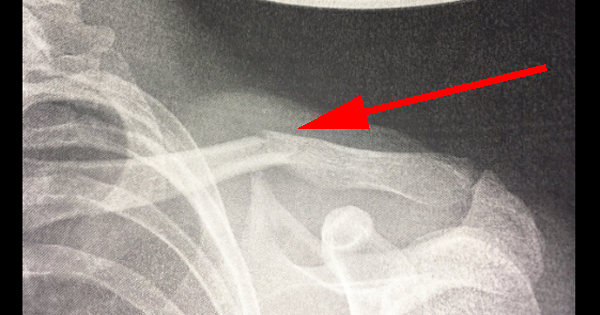Advertisement
There’s no question about it. The Pokémon Go epidemic is not slowing anytime soon.
Doctors, health experts, fitness experts, nerds, journalists – everyone – has been talking about this augmented reality app. Some are praising the app’s ability to promote and boost physical and mental health, but others are condemning its clearly negative attributes.
What first began as humorous stories of people accidentally stumbling on cracks in the sidewalk has now transformed into truly dangerous injuries.
On the day Pokémon Go released, one user in California had already experienced a severe injury.
Kristian Hernandez broke his collarbone while hunting for the game’s virtual Pokémon. It was unclear whether or not he would need surgery.
Hernandez spent the first few days after his injury at home resting, realizing that he had effectively “ruined the rest of [his] summer.” Because of his broken collarbone, he could no longer go to theme parks or water parks, nor swim or play sports.
Thankfully, he did find out recently that he wouldn’t need surgery.
But Hernandez isn’t the only one suffering from physical injuries because of his zeal to get out of the house, catching Pokémon.
Other users have complained about shin splits flaring up, blisters on their toes, and severe sunburns on their necks.
Although fitness tracker apps like FitBit and Carodiogram have encouraged users to continue increasing their physical activity (Both apps reported a spike in their users’ activity levels immediately following the release of Pokémon Go.), perhaps it’s time to start adding a few caveats to this encouragement.
Personal health and safety always comes first – particularly if it involves a broken collarbone.




